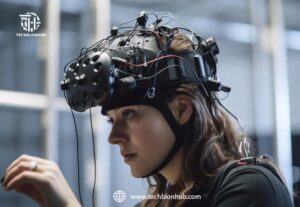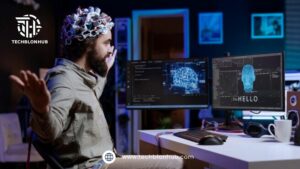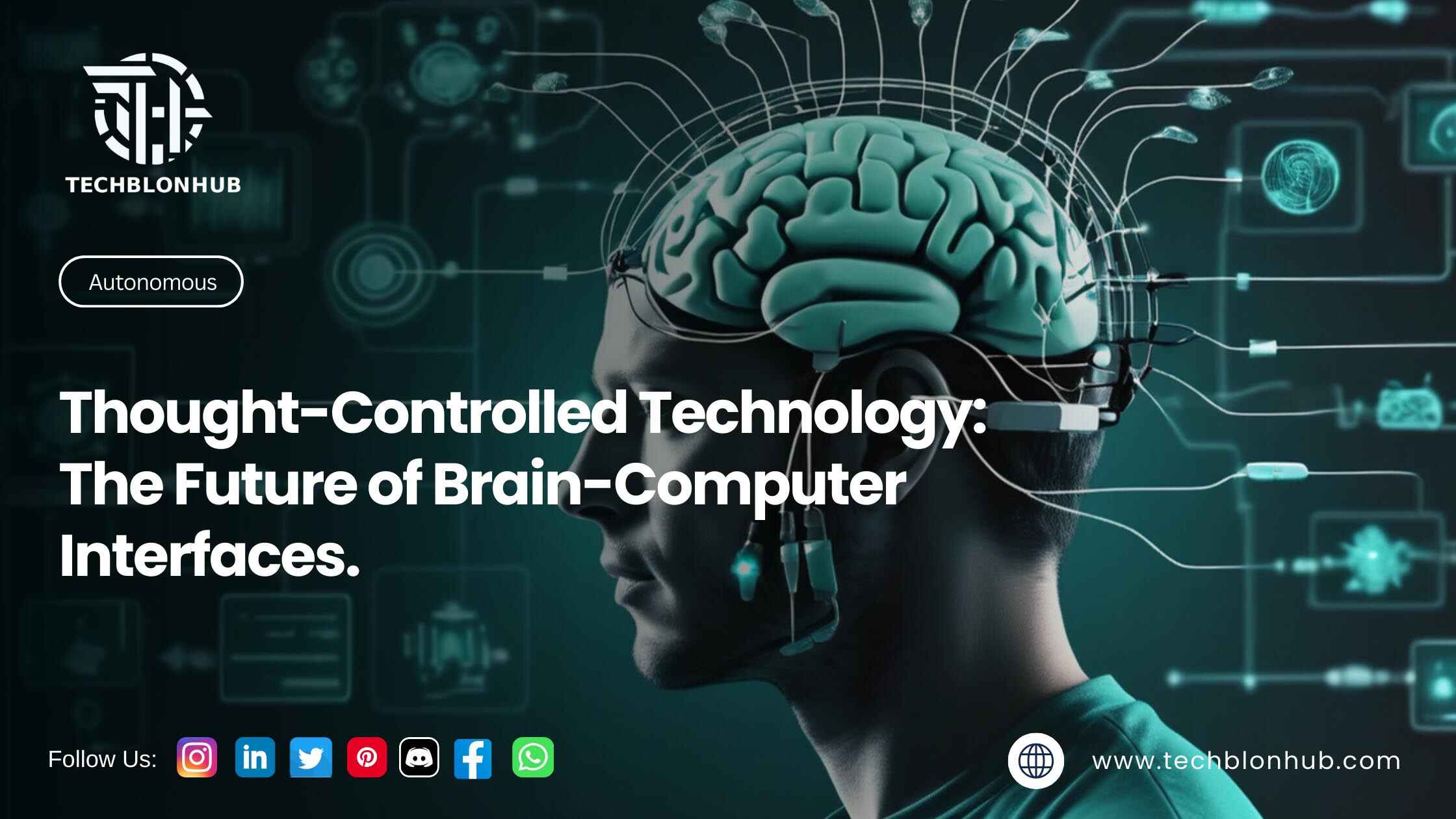A Brain-Computer Interface (BCI) is a system that enables people to control devices or communicate with others using only their brain signals. Thought-Controlled Tech BCIs use electroencephalography (EEG) or other techniques to detect and interpret brain activity, allowing users to interact with the digital world in a more intuitive and natural way.
How do BCIs Work?

BCIs typically involve the following components:
- Signal Acquisition: EEG sensors or other devices capture brain activity, such as neural signals or brain waves.
- Signal Processing: The captured signals are processed and analyzed to extract meaningful information.
- Feature Extraction: The processed signals are then used to identify specific features, such as patterns or frequencies.
- Classification: Machine learning algorithms classify the extracted features into specific commands or actions.
- Output: The classified commands are then used to control devices or interact with the digital world.
Applications of BCIs

The potential applications of BCIs are vast and varied. Some examples include:
- Assistive Technology: BCIs can help people with disabilities, such as paralysis or ALS, communicate and interact with the world.
- Gaming: BCIs can revolutionize the gaming industry by providing a more immersive and interactive experience.
- Healthcare: BCIs can help diagnose and treat neurological disorders, such as epilepsy or depression.
- Smart Homes: BCIs can enable people to control their home appliances and devices with just a thought.
The Future of BCIs

As BCIs continue to advance, we can expect to see more sophisticated and user-friendly systems. Thought-Controlled Tech Some potential developments on the horizon include:
- Neural Implants: Implantable devices that can read and write neural signals, enabling more precise and reliable control.
- Brain-Computer Interfaces for Everyone: BCIs that are affordable, accessible, and easy to use, making them a part of everyday life.
- Neural Networks: Artificial neural networks that can learn and adapt to individual brain patterns, enabling more accurate and efficient control.





